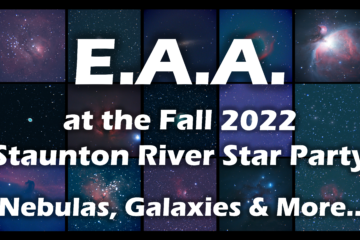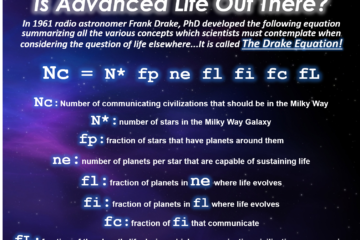The October 2015 issue of Sky & Telescope had a very interesting article, written by Ted Forte, entitled “A Few of My Favorite Things.” In this article, Mr, Forte provides guidance on how to view several galaxy groups in the constellation Pegasus. Needless to say, I was intrigued and captured by the article. So much so that I went about planning an evening of observing and hopefully capturing the various groups of galaxies with my astrovideo camera. As it turned out, the weather cooperated on the 2nd weekend of November.
Friday night was our regular monthly observing session for the Raleigh Astronomy Club. I ran into a few hardware and software issues that evening but in the end was able to capture some video. I was able to capture the Deer Lick Group that consists of 7 galaxies and Stephan’s Quintet which consists of 5 galaxies. There are still 4 other galaxy groups, covered in the article, that I have yet to observe, the Pegasus I Group, the NGC 7771 Trio, another trio of galaxies (NGCs 7463, 7464 & 7465) and Hickson 93.
Then on Saturday night, I supported Morehead Planetarium’s monthly Sky Watching session. In addition to showing visitors views of the Ring Nebula (M57) and the Dumbbell Nebula (M27), I showed off the Deer Lick Galaxy Group. The Deer Lick would not make for a good observing target for an public outreach session but using AVS MK-IV camera and displaying live views on my laptop screen was huge hit! It’s not often the public can say they saw a live view of a galaxy that was 43 million light years away (NGC 7331).
Below are some screen shots, Deer Lick from Saturday night and Stephan’s Quintet from Friday night:
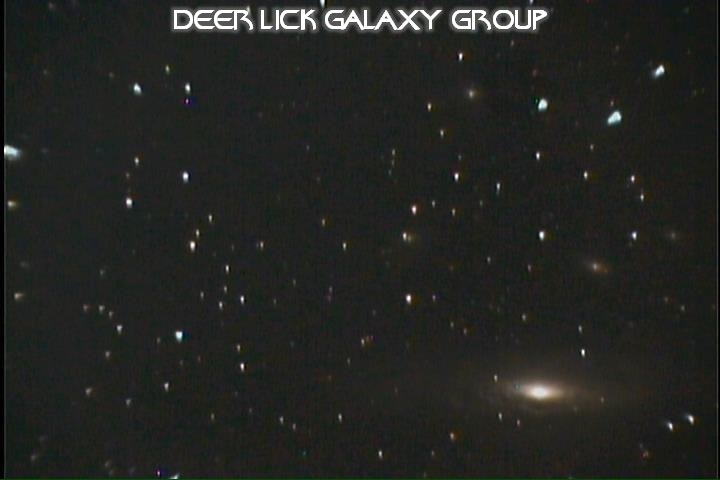
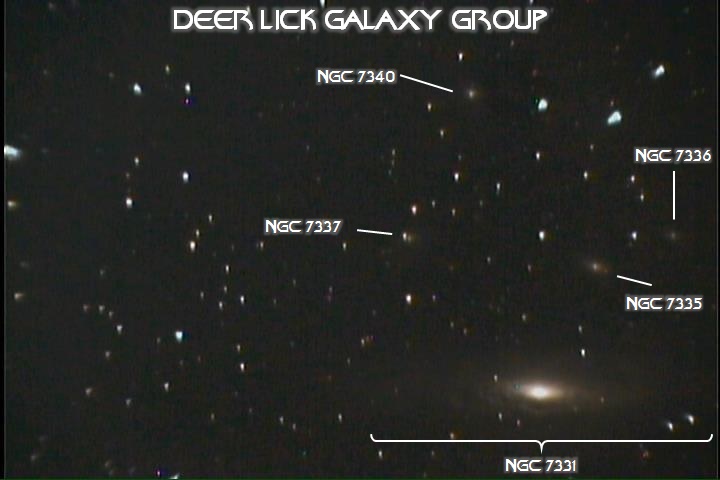
Some interesting information on the galaxies in the Deer Lick Group:
- NGC 7331 – 132k light years across, ~43 million light years distant & magnitude +10.4 brightness
- NGC 7335 – 125k light years across, ~332 million light years distant & magnitude +14.5 brightness
- NGC 7336 – 95k light years across, ~365 million light years distant & magnitude +15.2 brightness
- NGC 7337 – 111k light years across, ~348 million light years distant & magnitude +15.2 brightness
- NGC 7340 – ?? light years across, ~287 million light years distant & magnitude +10.4 brightness

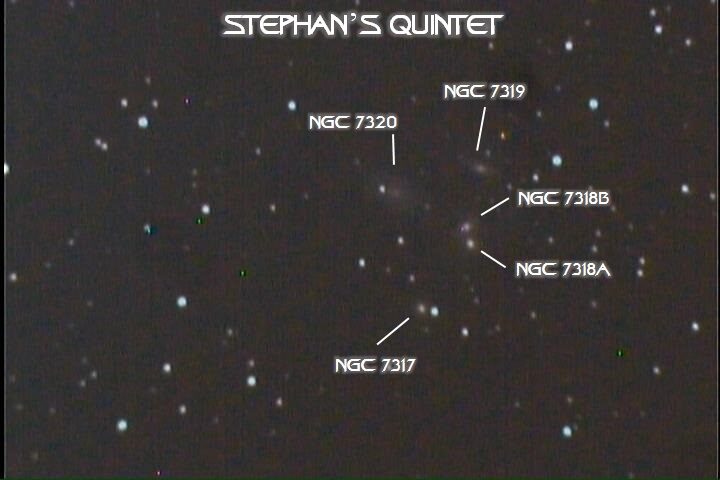
I hope to head out soon and capture the remaining galaxy groups within Pegasus as noted in the article.
Clear and Steady Skies
-Mike
